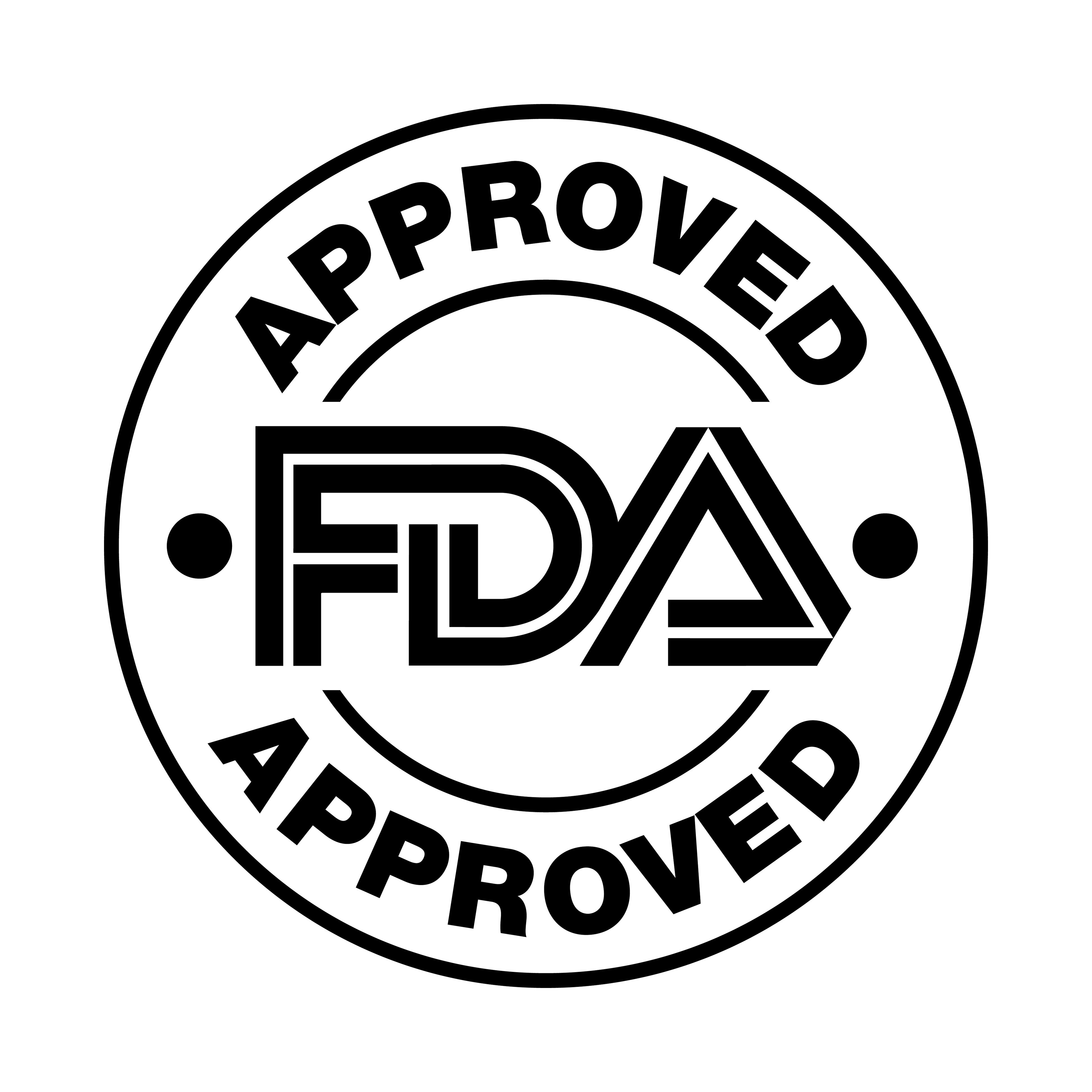FDA approves fitusiran for hemophilia A, B patients aged 12 years and up
Fitusiran is administered subcutaneously starting once every 2 months for patients aged 12 years and older with hemophilia A or hemophilia B, with or without factor VIII or IX inhibitors.
FDA approves fitusiran for hemophilia A, B patients aged 12 years and upLatest revision | Image Credit: © Calin - © Calin - stock.adobe.com.

The FDA has approved a new routine prophylaxis, fitusiran (Qfitlia; Sanofi), to prevent or reduce bleeding episode frequency in adult and pediatric hemophilia A or B patients (with or without factor VII or IX inhibitors) who are aged 12 years or older, according to a press release from the federal agency.1
The genetic disorder is the result of a dysfunction or deficiency of coagulation factor VIII (FVIII) or IX (FIX), respectively, according to the FDA. Patients are unable to clot properly and could bleed for a longer time than normal after an injury or surgery.
Fitusiran reduces the amount of the antithrombin protein, leading to an increase in thrombin, an enzyme critical or blood clotting. The newly-approved prophylaxis does not replace the missing clotting factor.
Administered subcutaneously starting once every 2 months, dose and frequency of injections are adjusted using the FDA-cleared INNOVANCE Antithrombin companion diagnostic test.
"This companion diagnostic is intended to monitor and—by informing dosing and frequency of injections—achieve antithrombin activity in the target range to reduce the risk of bleeding and to reduce the risk of excessive blood clotting," stated the FDA.
"Today’s approval of [fitusiran] is significant for patients with hemophilia because it can be administered less frequently than other existing options,” said Tanya Wroblewski, MD, in a statement.
Wroblewski is deputy director of the Division of Non-Malignant Hematology in the FDA’s Center for Drug Evaluation and Research.
“This new treatment option highlights our continued efforts to improve the lives of patients with hemophilia,” said Wroblewski.
Approval was based on efficacy and safety assessed in 2 multicenter, randomized clinical trials that enrolled a total of 177 adult and pediatric male patients with hemophilia A or B.
In the phase 3 ATLAS-INH study (NCT03417102), participants had inhibitory antibodies to FVIII or FIX and previously received on-demand treatment with medicines known as “bypassing agents” for bleeding.2
In another phase 3 study (NCT03417245), participants did not have inhibitory antibodies to FVIII or FIX and previously received on-demand treatment with clotting factor concentrates.3
"In the [2] randomized trials, participants received either a fixed dose of [fitusiran] monthly or their usual on-demand treatment (bypassing agents or clotting factor concentrates) as needed for nine months," stated the FDA. "The fixed dose of [fitusiran] is not approved because it led to excessive clotting in some patients."1
In a long-term extension study, patients subsequently received an adjustable dose of fitusiran, based on periodic measurements of antithrombin activity. This dosing regiment is what was approved.
According to the FDA, efficacy was based on using the antithrombin-based dosing regimen was established by comparing patients on this dosing regimen of fitusiran during the long-term extension study to the on-demand control data from the two randomized clinical trials.
Estimated annualized bleeding rate of treated bleeds was the primary measure of fitusiran efficacy. In those with inhibitors who received antithrombin-based dosing regimen of fitusiran, a 73% reduction in estimated annualized bleeding rate was observed compared to those who received on-demand treatment with bypassing agents.
Among those without inhibitors who received antithrombin-based dosing regimen of fitusiran, a 71% reduction in estimated annualized bleeding rate compared to those who received on-demand treatment with clotting factor concentrates.
The FDA stated that fitusiran has a boxed warning for thrombotic events (blood clotting) and gallbladder disease (with some patients requiring gallbladder removal).
Additionally, fitusiran carries a warning about liver toxicity and the need to monitor liver blood tests at baseline, then monthly for at least 6 months after treatment initiation or after a dose increase of fitusiran.
The most common side effects of Qfitlia are viral infection, common cold symptoms (nasopharyngitis) and bacterial infection.
Reference:
1. FDA Approves Novel Treatment for Hemophilia A or B, with or without Factor Inhibitors. FDA. Press release. March 28, 2025. Accessed March 28, 2025. https://www.fda.gov/news-events/press-announcements/fda-approves-novel-treatment-hemophilia-or-b-or-without-factor-inhibitors?utm_medium=email&utm_source=govdelivery
2. A Study of Fitusiran (ALN-AT3SC) in Severe Hemophilia A and B Patients With Inhibitors (ATLAS-INH). ClinicalTrials.gov. Updated March 28, 2022. Accesssed March 28, 2025. https://clinicaltrials.gov/study/NCT03417102
3. A Study of Fitusiran (ALN-AT3SC) in Severe Hemophilia A and B Patients Without Inhibitors. ClinicalTrials.gov. Updated March 28, 2022. Accesssed March 28, 2025. https://clinicaltrials.gov/study/NCT03417245